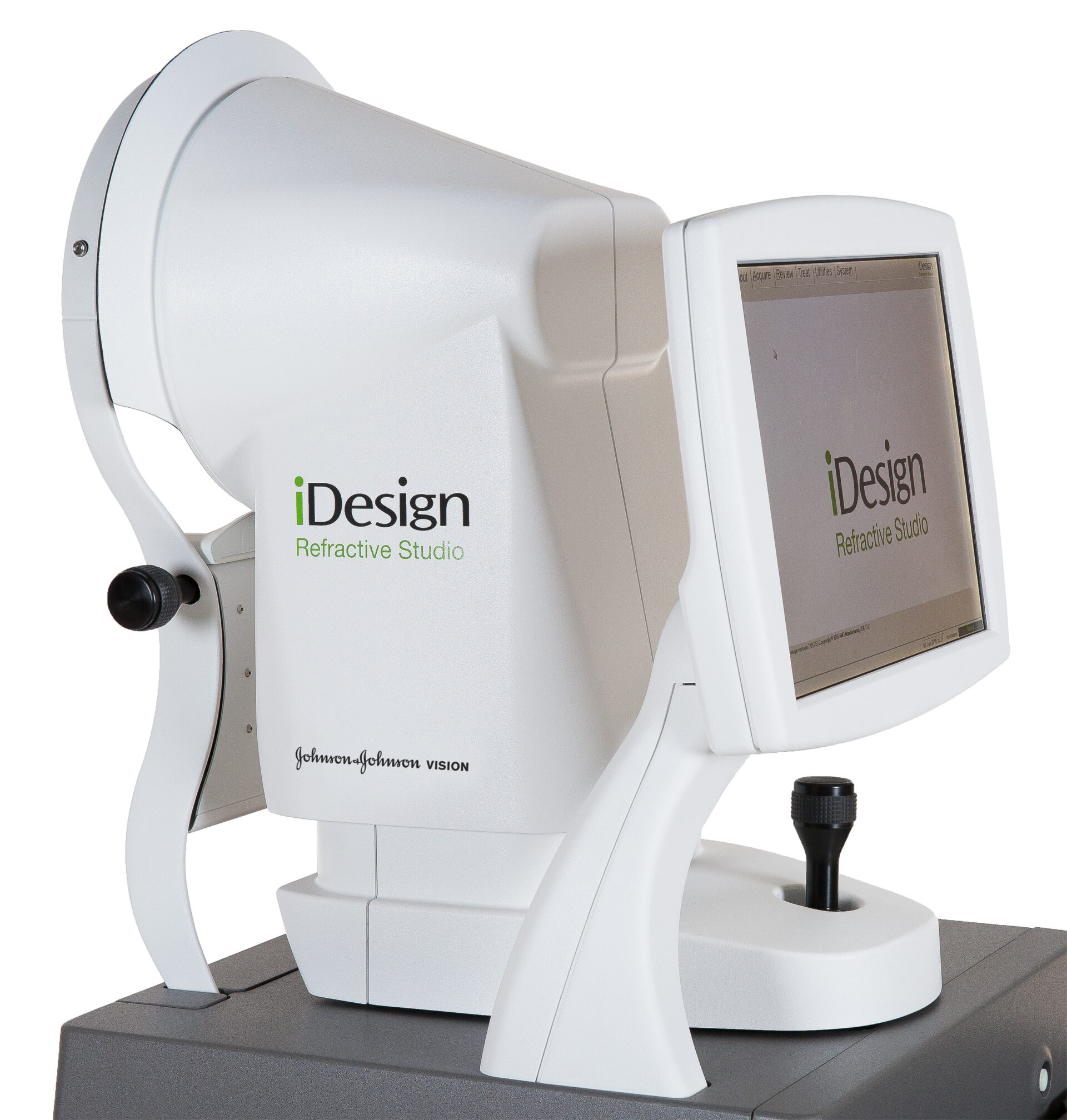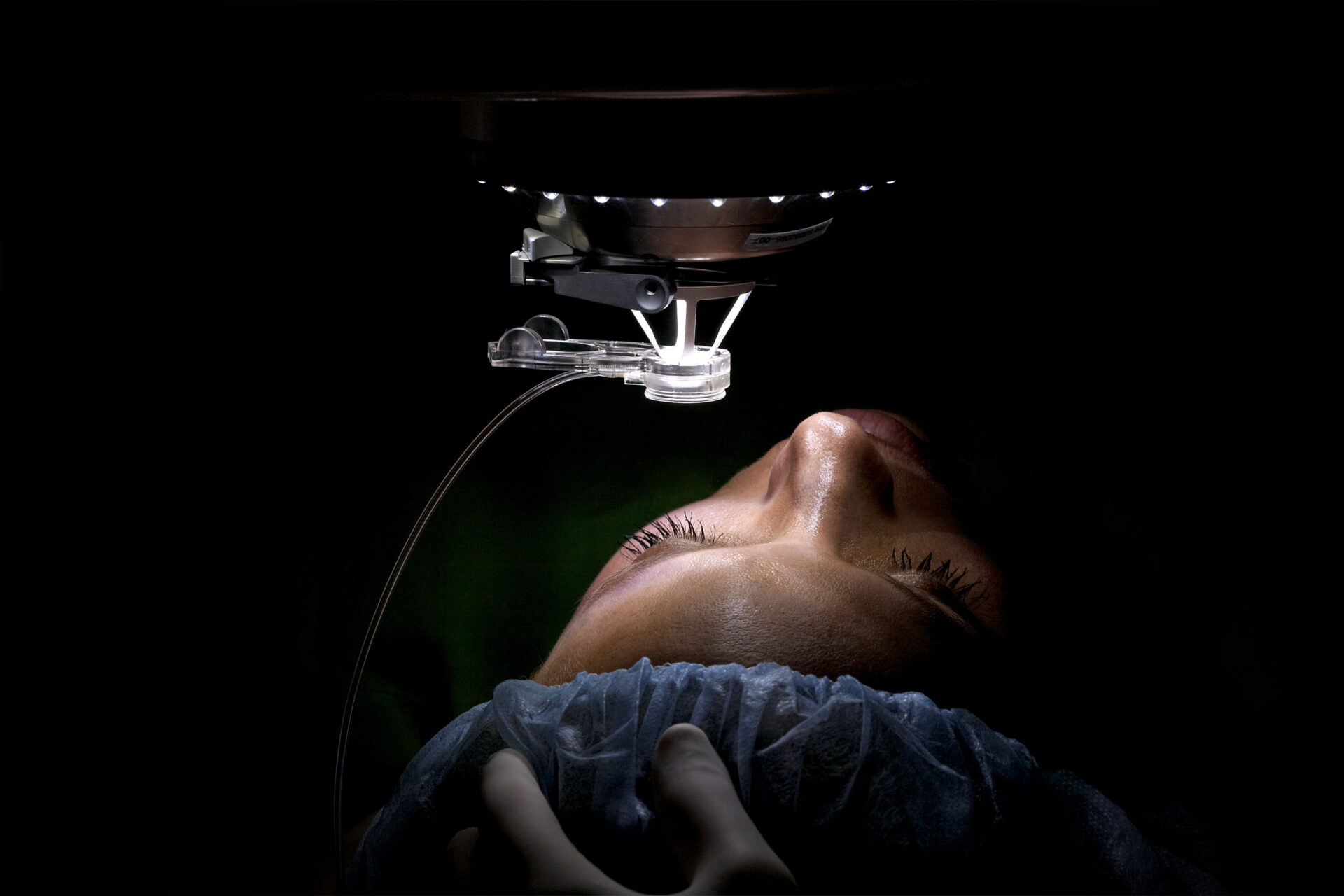The James Webb Space Telescope (JWST) has already proven its scientific value with strikingly detailed photographs. Huge and powerful mirrors capture light at a distance of billions of light-years thanks to ultra-precise alignment technology responsible for an incredibly clear picture of distant objects. But this development is not limited to observations of the universe alone. The invention was integrated into Johnson & Johnson Vision’s iDesign Refractive Studio, a device that performs precise scans of human eyes to determine patients’ visual defects.

According to NASA, the development of mirror alignment originated in the early 2000s. 20 years ago, a subcontractor of WaveFront Sciences from Albuquerque, New Mexico, worked with the Space Agency to develop a system for measuring deviations in James Webb mirrors, while polishing them, according to precise specifications.
After the success of this corrective technology, some algorithms were subsequently integrated into a commercial product called the Complete Ophthalmic Analysis System (COAS), which could diagnose eye disease by mapping them. This technology came into the hands of Johnson & Johnson in 2017, which used it in its iDesign Refractive Studio device. The device was certified in 2018 and approved by the state organization Food and Drug Administration approval (US Food and Drug Administration).

Johnson & Johnson describes the technology as “an optical fingerprint unique to each patient’s eye”. The technology is able to scan and diagnose eye disease in individuals to determine the correct and effective course of treatment.

NASA explains that previously eye surgery was based on limited information about the structure of patients’ eyes. But now, thanks to the integration of technology from James Webb, it can include more than 1,200 measurements of each person’s eyes, establishing a diagnosis with previously unattainable accuracy. The success of iDesign Refractive Studio is one of many examples of how NASA technologies affect not only space, but also the private sector.
Earlier we talked about five NASA innovations that have become entrenched in everyday life.
According to Petapixel
Follow us on Twitter to get the most interesting space news in time
https://twitter.com/ust_magazine

